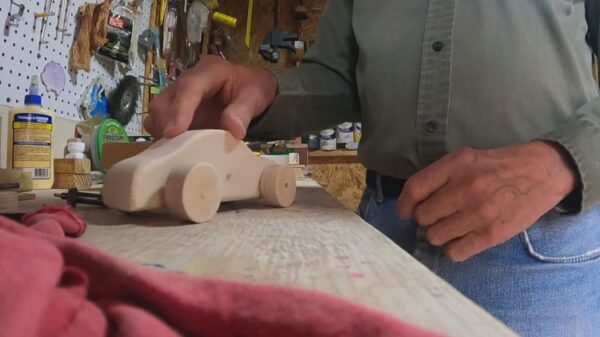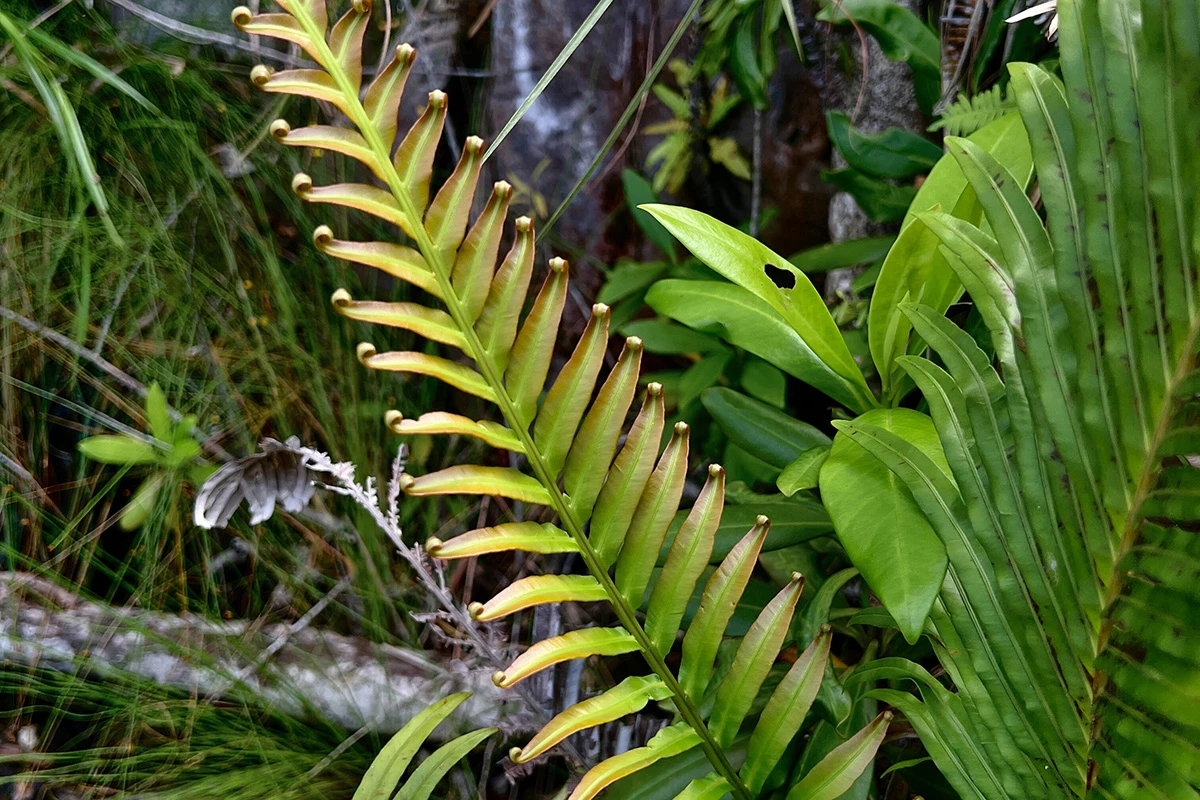A team of scientists in China has made a groundbreaking discovery that could transform the way rare earth elements (REE) are sourced. Researchers led by geochemist Liuqing He from the Chinese Academy of Sciences found that the fern species Blechnum orientale can naturally crystallize REE minerals in its tissues under ordinary conditions. This finding, published in the journal Environmental Science & Technology, suggests a significant shift from traditional, destructive mining practices.
Rare earth elements are vital for various technologies, including electric vehicles, smartphones, and wind turbines. They are typically found in limited quantities dispersed within specific types of igneous rocks. Extracting them requires extensive mining and processing, which often leads to environmental degradation, including soil destruction, vegetation loss, and pollution.
The discovery of Blechnum orientale as a hyperaccumulator plant indicates that these ferns can absorb heavy metals, including REEs, from the soil. This capability allows them to produce minerals, particularly monazite, which is a key source of REEs. He explained that this is remarkable, as monazite was previously only known to form under high-temperature and high-pressure conditions deep within the Earth.
The microscopic imaging and chemical analysis conducted during the study revealed that the monazite produced by the fern consists of extremely small particles. This opens up the possibility of a new method for harvesting REEs through a process known as phytomining, which utilizes hyperaccumulator plants to extract metals from the soil.
The implications of this discovery are especially significant given that China currently dominates the global REE supply chain, controlling approximately 70% of rare earth mining and an even larger share of processing capacity. This has raised concerns among other nations striving to secure their own supplies of these essential materials.
While the current quantities of REEs produced by Blechnum orientale are not extensive, the research underscores the potential for further exploration into phytomining as a sustainable alternative to conventional extraction methods. The researchers plan to investigate whether other plant species possess the same ability to concentrate REEs and aim to develop efficient techniques for extracting monazite and its constituent REEs without significant loss.
“This discovery reveals an alternative pathway for monazite mineralization under remarkably mild conditions and highlights the unique role of plants in initiating such processes,” the researchers noted.
As the demand for rare earth elements continues to rise, particularly for their use in electric vehicles—where elements such as neodymium, dysprosium, and praseodymium are crucial for powerful magnets—this research could provide a much-needed solution to the challenges of sourcing these materials sustainably.
In summary, the findings of Liuqing He and his team not only challenge the traditional understanding of where and how REEs can be sourced but also offer hope for a more environmentally friendly approach to meeting the growing global demand for these critical elements. Further studies will be essential to unlock the full potential of Blechnum orientale and similar plants in the quest for sustainable metal extraction.






































































